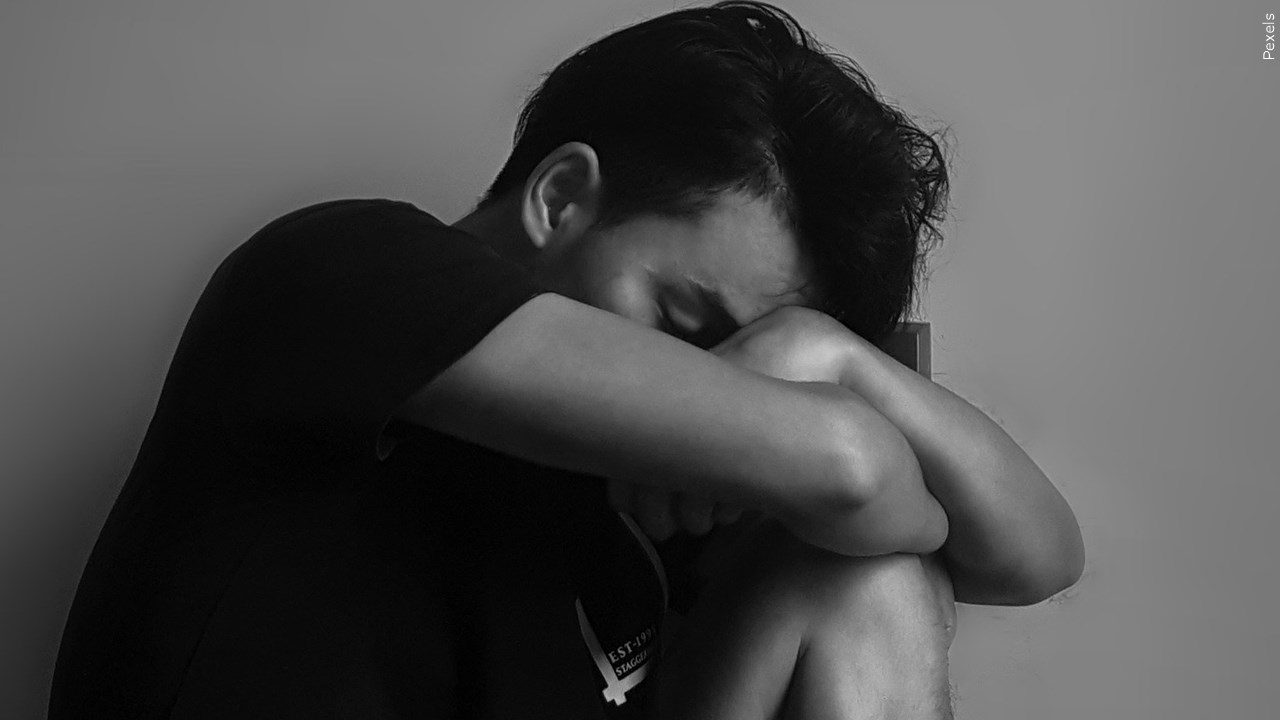MDH: Minnesota suicide deaths on the rise again

Credit: MGN
(ABC 6 News) – After a brief dip during the COVID-19 pandemic in 2020, the rate of suicide in Minnesota rose in 2021 and 2022, according to the Minnesota Department of Health (MDH).
MDH said there were 808 deaths by suicide in 2021 and 835 in 2022, according to final and preliminary data respectively.
For the past 20 years, the number of suicides in Minnesota has steadily increased, mirroring patterns across the United States. The data from 2022 indicates the trend continued and reached 14.3 suicides per 100,000, a rate near the previous highest rate of 14.4 in 2019.
MDH said death by suicide has been one of several reasons why overall life expectancy may be declining, particularly among male Minnesotans. From 2011 to 2021, suicide, or intentional self-harm, was the eighth leading cause of death in Minnesota.
“Suicide is a significant public health issue that involves the tragic loss of human life,” said Minnesota Commissioner of Health Dr. Brooke Cunningham. “It is important for us to take a comprehensive public health approach to suicide prevention that supports connectedness, belonging and protections from lethal means.”
The MDH report also shows suicide does not affect all groups equally. According to preliminary data, male Minnesotans had a suicide rate four times higher than females in 2022. Like previous years, in 2021 the majority (80%) of suicide deaths were males. This contrasts with the fact that women accounted for 65% of hospital-treated self-harm or suicide attempts in 2016-2020.
In 2021, American Indian or Alaska Natives had a higher suicide rate in Minnesota than other races or ethnicities – the highest rate for American Indians since at least 2000. The American Indian community suffers from higher suicide rates than other racial or ethnic groups in Minnesota.
The department recently released its 2023-2027 suicide prevention plan, which outlines two primary goals:
Improving, expanding and coordinating suicide prevention infrastructure in the state, and preventing Minnesotans from having suicidal experiences while improving the lives of those who are struggling so all know that help is available and healing is possible.
Part of that plan focuses on supporting suicide prevention efforts like the 988 Suicide and Crisis Lifeline, suicide prevention training in communities and the Zero Suicide initiative.
Because of the role that guns play, particularly in the deaths by suicide involving males, MDH says it also supports Counseling on Access to Lethal Means (CALM) training, which promotes strategies for removing or reducing access to the methods people use, like guns and medication. Gun locks and safe storage are also priorities, and the Minnesota Department of Public Safety helps support that by offering up to three free gun locks per person online.
Nobody is alone, and as mentioned, there are many resources ready to help anyone who wants it.
Below is a list of suicide prevention and mental health resources:
- U.S. National Suicide Prevention Lifeline at 988 or 1-800-273-TALK (8255)
- Crisis Text Line – Text MN to 741741 to connect with a trained crisis counselor to receive free, 24/7 crisis support via text message.
- Minnesota Farm and Rural Mental Health Helpline at 833-600-2670, ext. 1
- Veterans Crisis Line at 1-800-273-8255, Press 1
- The National Alliance on Mental Illness (NAMI) – Minnesota
- Minnesota Department of Health’s Suicide Prevention Program
If you believe someone is at risk of suicide, the U.S. Department of Health and Human Services suggests you:
- Ask questions about whether the individual is having suicidal thoughts.
- Call the U.S. National Suicide Prevention Lifeline at 988 or 1-800-273-TALK (8255).
- Seek help from a medical or mental health professional. If it is an emergency situation, take the person to a hospital.
- Remove any objects from a person’s home that could be potentially used in a suicide.
- Do not leave the person alone, if possible, until help is available.
The U.S. National Suicide Prevention organization has also compiled a list of resources to help with coping during the COVID-19 pandemic.